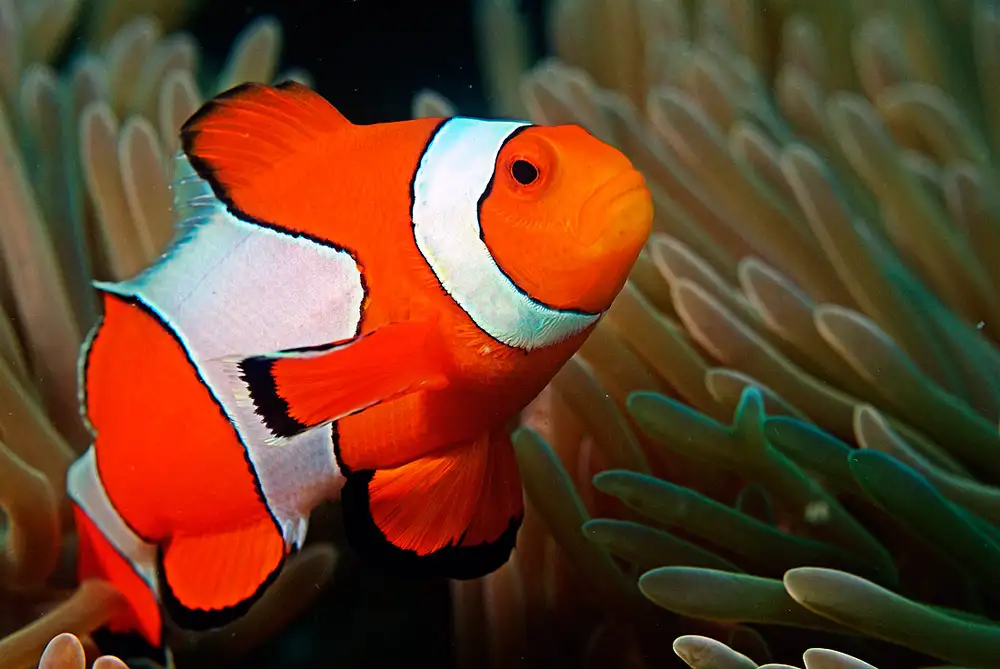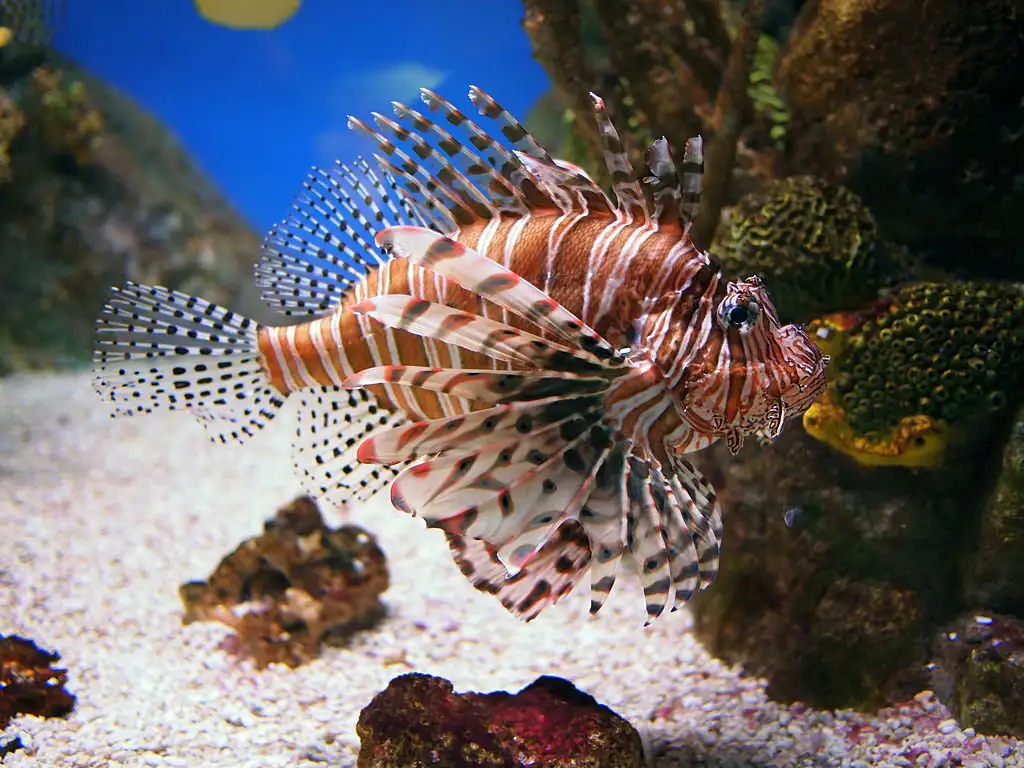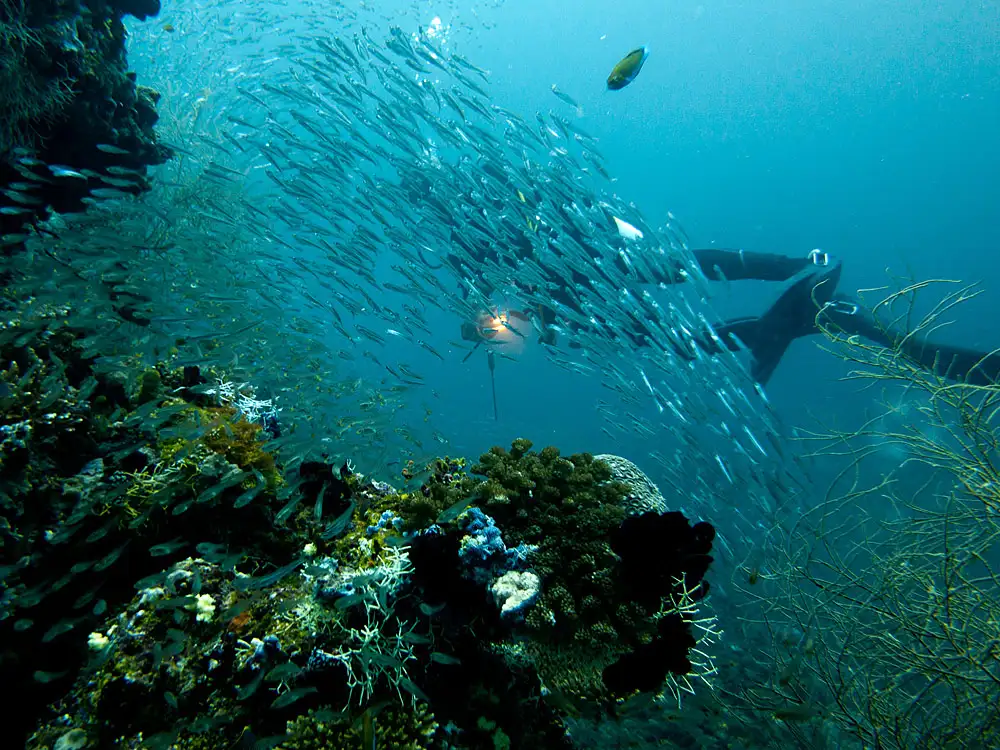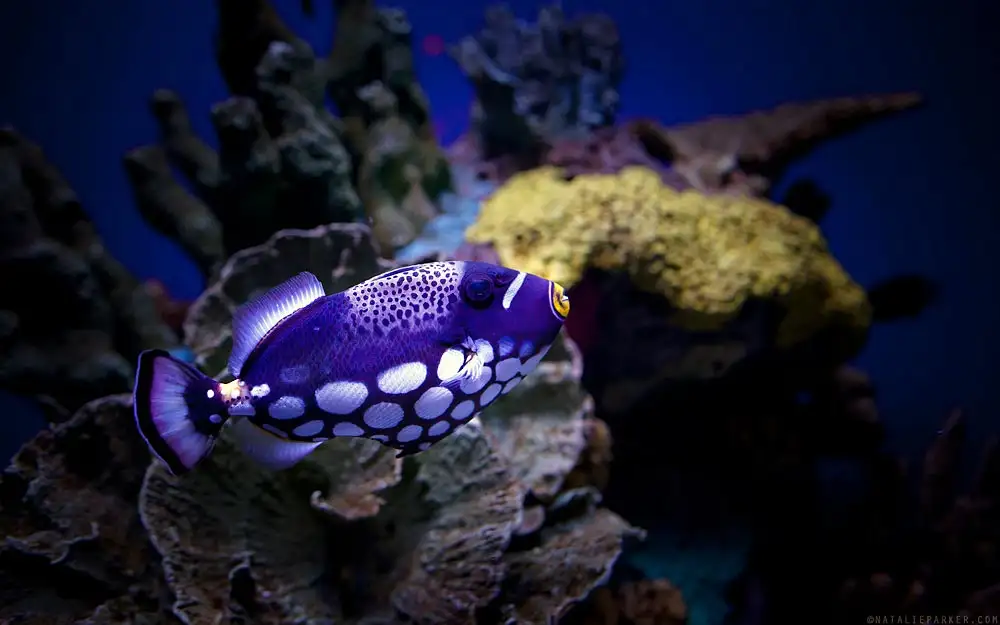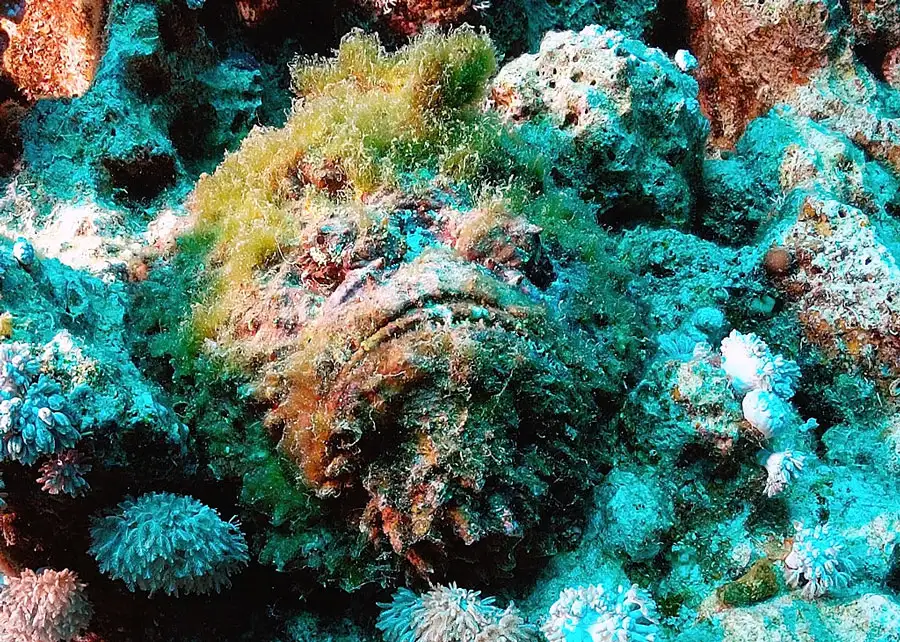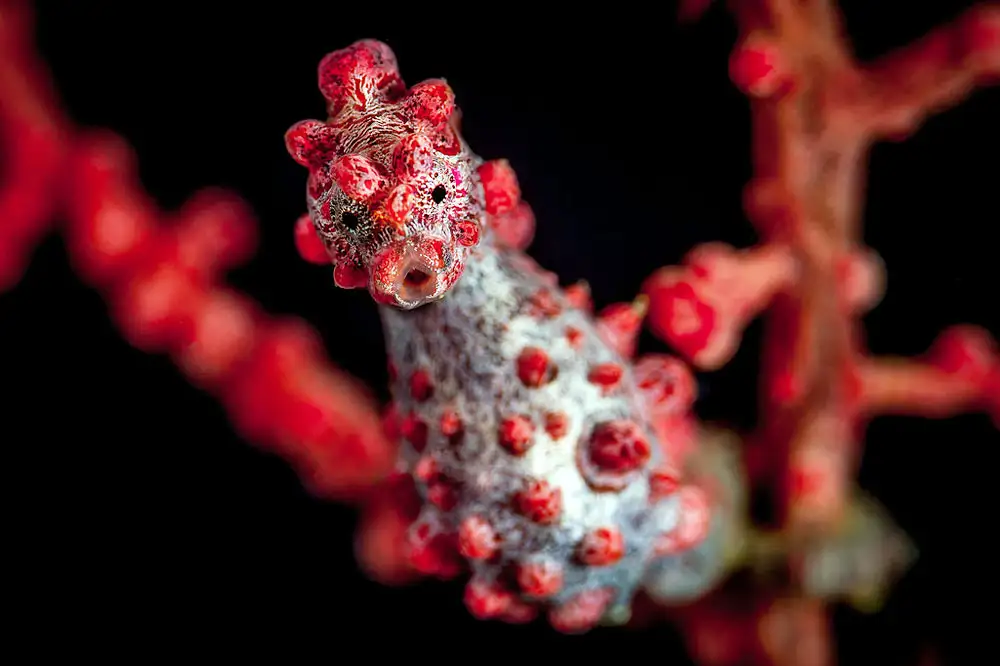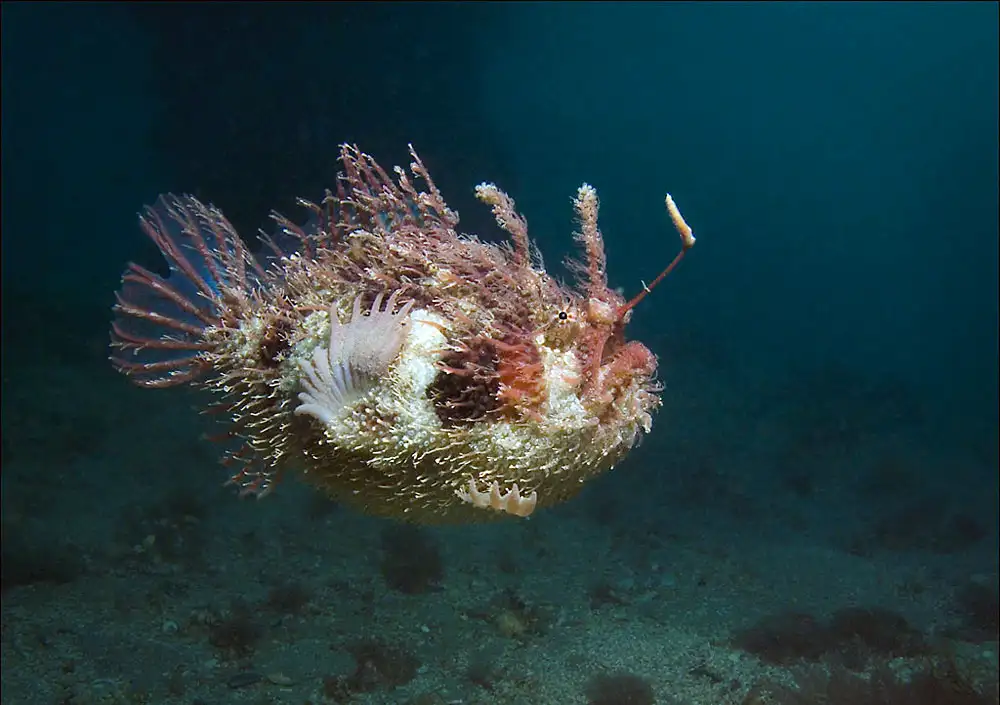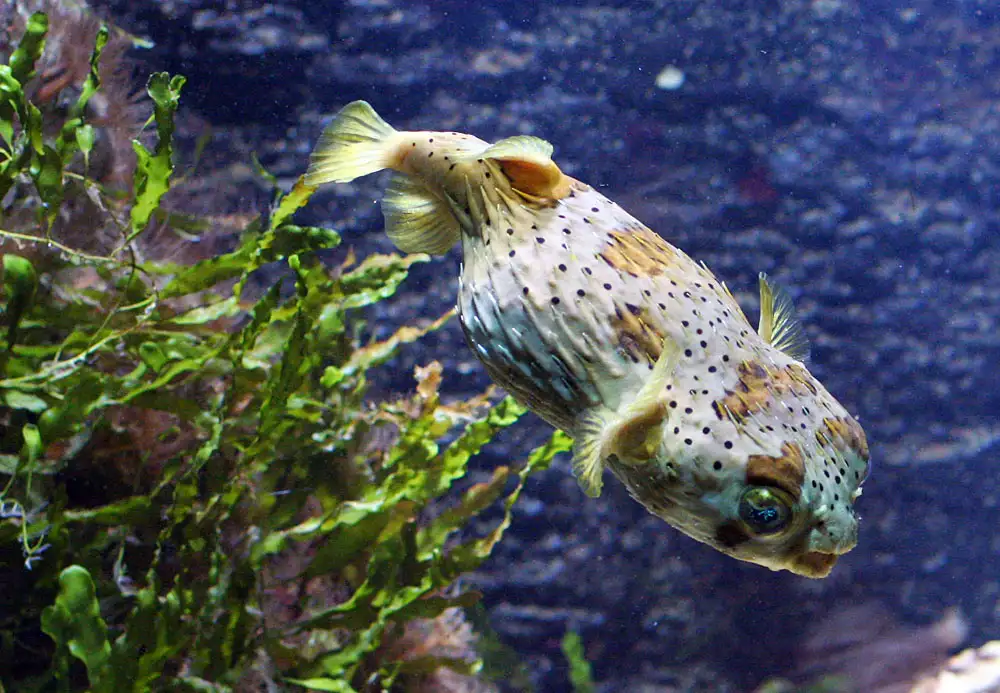Short-snouted Seahorse
IUCN
LCBasic Information
Scientific classification
- name:Short-snouted Seahorse
- Scientific Name:Short-snouted Seahorse,Hippocampus hippocampus
- Outline:Small fish
- Family:O.Acanthopanax F.Syngnathidae G.Hippocampus
Vital signs
- length:7-13CM
- Weight:About 10g
- lifetime:3-5years
Feature
Usually brown, orange, purple or black, with a narrow crown and low spines
Distribution and Habitat
The European seahorse is found in shallow coastal waters of the northeastern Atlantic, from the United Kingdom and the Netherlands to Senegal, including the Mediterranean and coastal waters of the Azores, Madeira, and the Canary Islands.
Existing: Algeria, France, Greece, Guinea, Italy, Malta, Netherlands, Portugal, Senegal, Spain (mainland Spain), United Kingdom.
Existing and uncertain origin: Montenegro.
Possibly present and uncertain origin: Albania, Belgium, Bosnia and Herzegovina, Croatia, Cyprus, Egypt, Guinea-Bissau, Israel, Lebanon, Libya, Mauritania, Monaco, Morocco, Serbia, Slovenia, Spain (Canary Islands), Tunisia, Turkey, Western Sahara.
Appearance
Adult European seahorses are 7.0-13.0 cm long. Snout is about 2.8-3.4 cm long, very short, usually less than 1/3 of the head length. Body rings 11+37 (35-38), dorsal fin 16-19, covering 2+1 body rings; pectoral fins 13-15. The crest is narrow, ridge-like, and fused to the nape, or wedge-shaped (narrow in front, wider and taller dorsally). Some specimens have very large horned crests (especially those from western Africa). The spines are low. Generally brown, orange, purple or black, sometimes with very small white spots.
Details
European seahorse, also known as Short-snouted Seahorse, is a member of the Syngnathidae family and the genus Hippocampus.
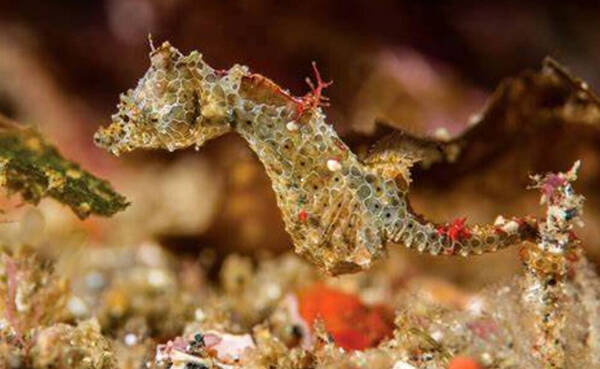
Most European seahorses live in algae in shallow coastal waters. They can spend the winter in deeper waters. They mainly feed on small prey and organic debris. Their mimicry allows them to hide in algae without being discovered.
Listed in the IUCN Red List of Threatened Species (IUCN 2017 ver 3.1) - Data Deficient (DD).
Protect wildlife and eliminate game.
Maintaining ecological balance is everyone's responsibility!

